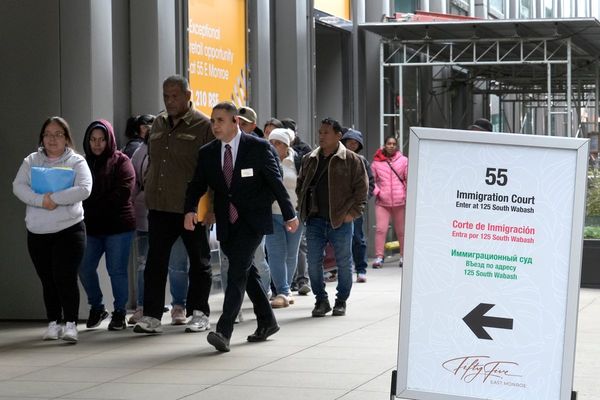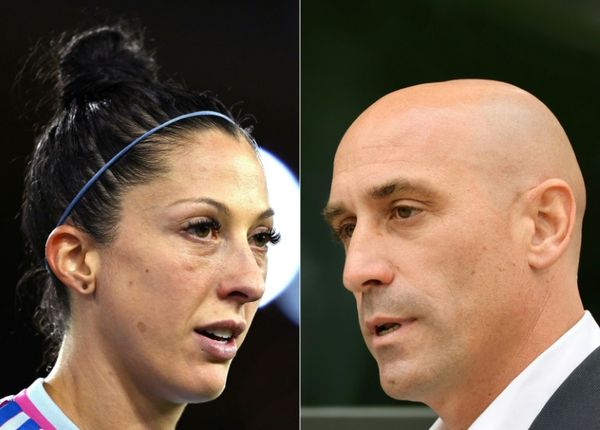
NEW DELHI : Arun Nanda, who co-founded the advertising firm Rediffusion with Ajit Balakrishnan and Mohammed Khan in 1973, has sold the agency to Mumbai-based Mogae Media helmed by adman Sandeep Goyal. Nanda, a gold medallist from IIM-Ahmedabad’s (IIM-A's)very first batch of 1966, worked six years for Hindustan Lever Limited (now Hindustan Unilever Ltd.) before getting into advertising. In an interview, he spoke of why he set up Rediffusion, the role of an agency and why it was time to sell. Edited excerpts:
Why did you set up Rediffusion?
When I graduated from IIM-A, I was immediately recruited by Hindustan Lever Ltd and worked in marketing from 1966 to 1972.
I looked after their biggest brands—Lifebuoy, Sunlight and Lux. Then I decided to learn advertising, because being in marketing and spending crores on advertising I realized that I was approving campaigns costing millions of rupees without really knowing whether I was approving a great piece of communication or an average one. I could not make out the difference. So I told Levers that I needed to step out and learn advertising.
HLL offered that I could join any one of its agencies—Thomson, Ogilvy or Lintas. But I went to MCM, which was India’s hottest agency at that time. I stayed there only for 10 months as my value system didn’t match theirs.
I started my own agency with Ajit Blakrishnan and Mohammad Khan.
I have spent 47 years working. That’s a long time. My creative juices are still active. But then a time comes when the body says “remember your age".
You’ve always talked of ads building long-term brands but with social media there’s more viral content and 10-second ads with no real product connect. Is there a way to reach the young consumer and build long-term brands?
The media scenario in India has changed. No one can wish away the mobile phone anymore. Creativity has to adapt to the new visual-audio format. The screen size is different.
A lot of advertising that comes on the mobile, is not of any creative quality at all. It means that advertising agencies have not created work that is suitable for the cellphone format. What we create now has to be adaptable to the smallest of formats.
Like TV, print and radio, mobile is a media vehicle. This instrument is here to stay and it is being used for vehicle delivery, message delivery, communication and conversion.
What is your advice to young advertising professionals?
I’ll advise, do not look at the short-term or immediate deliveries. When you are to build a brand, you have to change the buying habits, consumer habits. We had a client Lakme run by Simone Tata, Ratan Tata’s step mother.
When we presented to her, our input to her was that you have to first understand why are people using make-up and why are people not using make-up. In the 80’s, the prejudice against make-up among women was very high. Society only allowed certain professionals like a stewardesses to use make-up. We had to change that attitude; therefore a social campaign was needed. One of the campaigns we created for Lakme had a creative with a headline that asked ‘How bad is it to look good?’, basically telling women it is not wrong to use make-up, which is simply a tool to enhance your natural features.
Another piece of advice will be strategic thinking in planning. To be strategically sound. The strategy for a brand campaign has to be thought out before you put pencil to paper to start the creative work. Do involve the creative team in the strategy process. Half-witted thinking and loose assumptions can lead to disasters because you would be wasting somebody’s money.
Has advertising industry lost its romance?
Yes, it has totally lost the romance. Why? Earlier, an ad agency was not a supplier of which media to buy and how much. It was a partner of a client in building a brand and sat with him on an equal table. An ad agency’s role was to make sure that the strategy of the communication was right, and that the communication was going to the right place, right people in the right tone or voice. I don’t think that is the case with many clients.
Today it is supplier-agency relationship. Clients have lost the value of agency as a thinking creative partner. Will it come back? It has to come back. Because like advertising, marketing companies are finding that the quality of talent they attract is getting lower and lower. People are taking other jobs. It’s time for these two—marketing and advertising—to come back at the table together.







